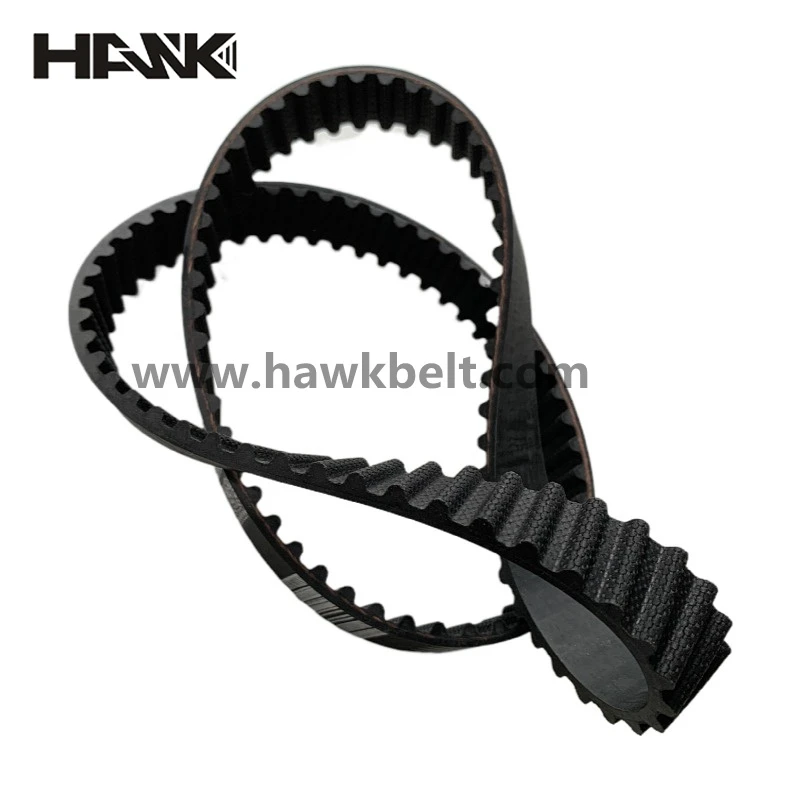- Arabic
- French
- Russian
- Spanish
- Portuguese
- Turkish
- Armenian
- English
- Albanian
- Amharic
- Azerbaijani
- Basque
- Belarusian
- Bengali
- Bosnian
- Bulgarian
- Catalan
- Cebuano
- Corsican
- Croatian
- Czech
- Danish
- Dutch
- Afrikaans
- Esperanto
- Estonian
- Finnish
- Frisian
- Galician
- Georgian
- German
- Greek
- Gujarati
- Haitian Creole
- hausa
- hawaiian
- Hebrew
- Hindi
- Miao
- Hungarian
- Icelandic
- igbo
- Indonesian
- irish
- Italian
- Japanese
- Javanese
- Kannada
- kazakh
- Khmer
- Rwandese
- Korean
- Kurdish
- Kyrgyz
- Lao
- Latin
- Latvian
- Lithuanian
- Luxembourgish
- Macedonian
- Malgashi
- Malay
- Malayalam
- Maltese
- Maori
- Marathi
- Mongolian
- Myanmar
- Nepali
- Norwegian
- Norwegian
- Occitan
- Pashto
- Persian
- Polish
- Punjabi
- Romanian
- Samoan
- Scottish Gaelic
- Serbian
- Sesotho
- Shona
- Sindhi
- Sinhala
- Slovak
- Slovenian
- Somali
- Sundanese
- Swahili
- Swedish
- Tagalog
- Tajik
- Tamil
- Tatar
- Telugu
- Thai
- Turkmen
- Ukrainian
- Urdu
- Uighur
- Uzbek
- Vietnamese
- Welsh
- Bantu
- Yiddish
- Yoruba
- Zulu
11월 . 21, 2024 11:53 Back to list
multiribbed belt
Understanding Multiribbed Belts An Essential Component in Modern Machinery
Multiribbed belts, also known as serpentine belts or poly-V belts, play a crucial role in the functionality of many modern vehicles and industrial machines. These belts are designed with multiple longitudinal ribs that provide a flat profile, allowing for efficient power transmission between various engine components. In this article, we will explore the design, function, applications, advantages, and maintenance of multiribbed belts, shedding light on their significance in contemporary engineering.
Design and Construction
Multiribbed belts are typically made from a combination of synthetic rubber and reinforced fiber materials, which confer strength, flexibility, and resilience. The unique ribbed design maximizes the contact area with the pulleys, enabling a high level of grip and reducing slippage. This design feature allows for the transmission of more power in a constrained space compared to traditional v-belts. The ribs also contribute to the belt's ability to handle a greater workload, making them suitable for various applications, from automotive engines to industrial machinery.
Functionality
The primary function of multiribbed belts is to transfer rotational power from the engine's crankshaft to various accessories such as the alternator, power steering pump, water pump, and air conditioning compressor. The belt operates on the principle of friction; by gripping the pulleys, it ensures that these components receive the necessary power to function effectively. This power transmission is vital for the overall performance of the engine and the comfort and safety features of the vehicle.
In industrial applications, multiribbed belts are commonly used in conveyor systems, agricultural machinery, and manufacturing equipment. They deliver consistent and reliable power, ensuring efficient operations across diverse industries.
Advantages of Multiribbed Belts
1. Efficiency Due to their design, multiribbed belts can transmit more power while occupying less space. This efficiency is crucial in modern engineering, where space-saving solutions are often required.
multiribbed belt

2. Reduced Noise Compared to traditional belts, multiribbed belts operate more quietly. Their smoother running profile minimizes vibration and noise, enhancing the overall comfort in vehicles and work environments.
3. Durability The materials used in multiribbed belts are engineered to withstand high levels of stress, heat, and environmental factors, resulting in a longer lifespan and reduced need for frequent replacements.
4. Flexibility The inherent flexibility of these belts allows for installation in tight spaces where other types of belts may not fit. This flexibility also aids in absorbing shock and reducing wear and tear on the pulleys and other components.
5. Cost-Effectiveness Given their durability and efficiency, multiribbed belts can be a cost-effective solution in the long term, reducing maintenance and downtime costs.
Maintenance and Care
Regular inspection and maintenance of multiribbed belts are essential to ensure their longevity and performance. Mechanics and vehicle owners should routinely check for signs of wear such as cracking, fraying, or glazing on the belt surface. Additionally, proper tensioning is crucial; a belt that is too loose can slip, while an overly tight belt may cause undue stress on the pulleys and motor.
If a belt shows signs of significant wear or damage, it is advisable to replace it promptly to avoid potential breakdowns. Preventive maintenance, including regular inspections and timely replacements, can save considerable costs associated with repairs and downtime.
Conclusion
In summary, multiribbed belts are an indispensable component in a variety of mechanical applications, from vehicles to industrial machinery. Their unique design offers numerous advantages, including efficiency, flexibility, and durability, making them a preferred choice in today's engineering landscape. By understanding their function and the importance of regular maintenance, users can ensure optimal performance and longevity from these essential power transmission components.
-
High-Performance Serpentine Belt for Car Engines – Durable & Reliable
NewsJul.23,2025
-
High Efficiency V Belt Drive with Double & Toothed Options for Industry
NewsJul.22,2025
-
Affordable Fan Belt Cost - Compare Prices & Save | Auto Parts Deals
NewsJul.22,2025
-
China Factory 6PK1130 EPDM Rubber Engine Conveyor Belt Supplier
NewsJul.21,2025
-
Korean Auto Parts Timing Belt 24312-37500 For Hyundai/Kia
NewsMar.07,2025
-
7PK2300 90916-T2024 RIBBED BELT POLY V BELT PK BELT
NewsMar.07,2025

